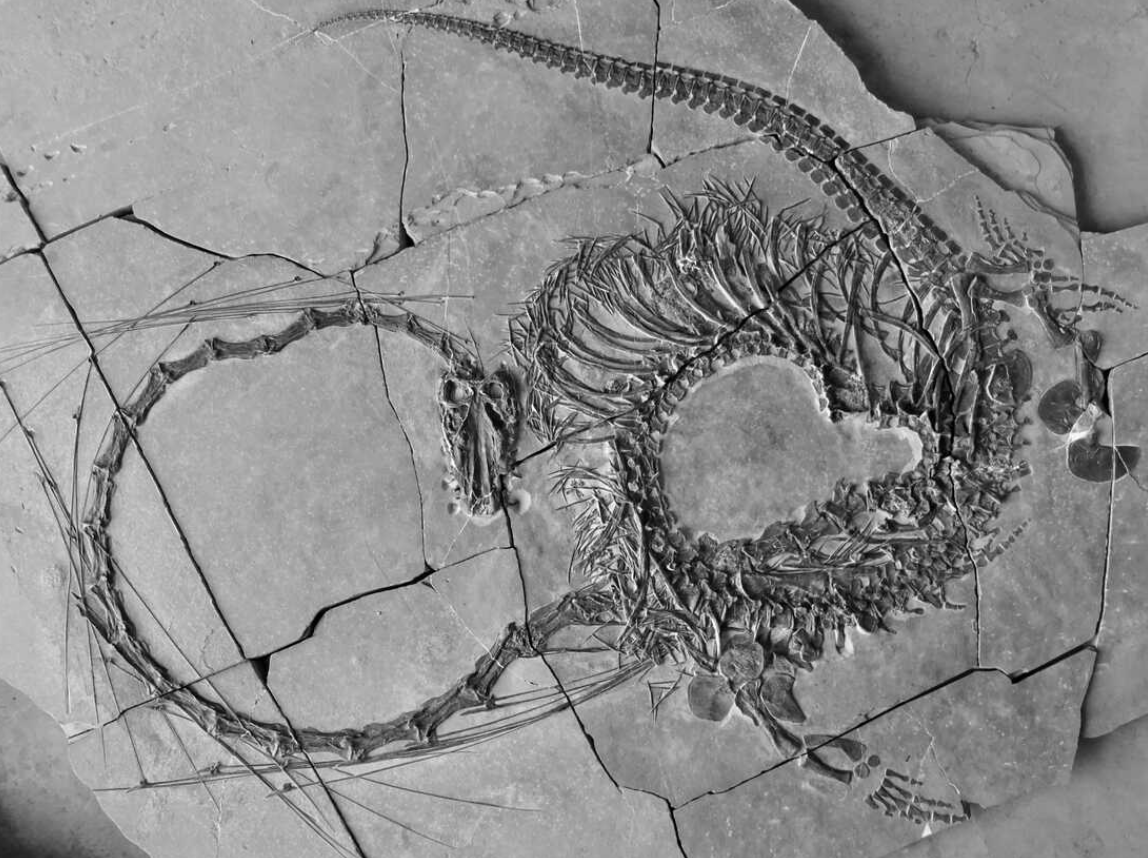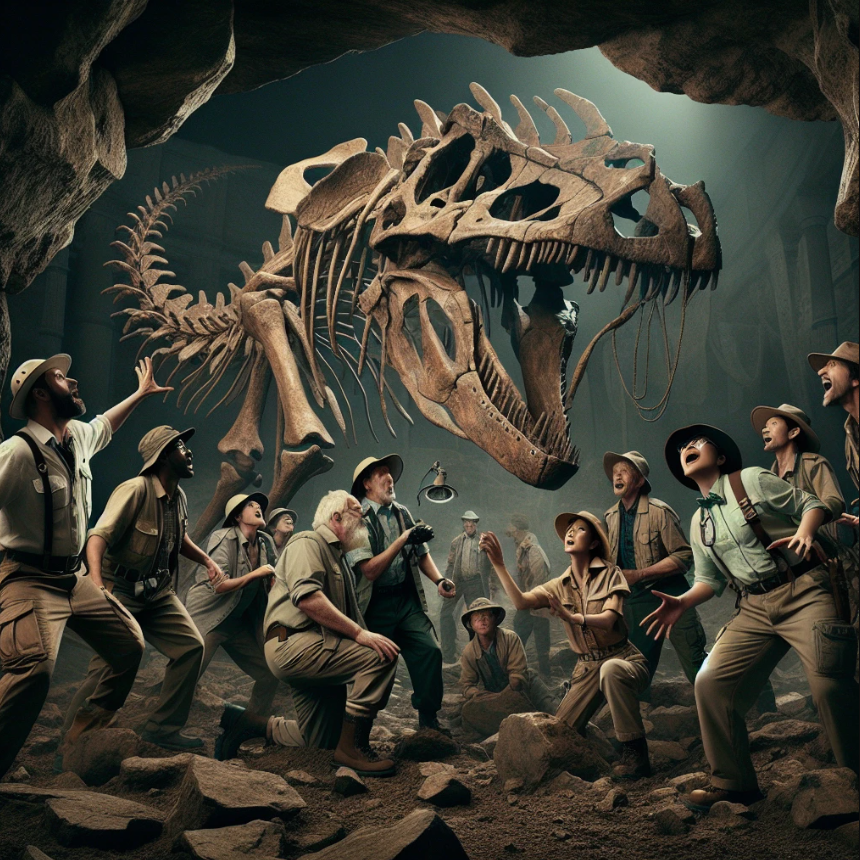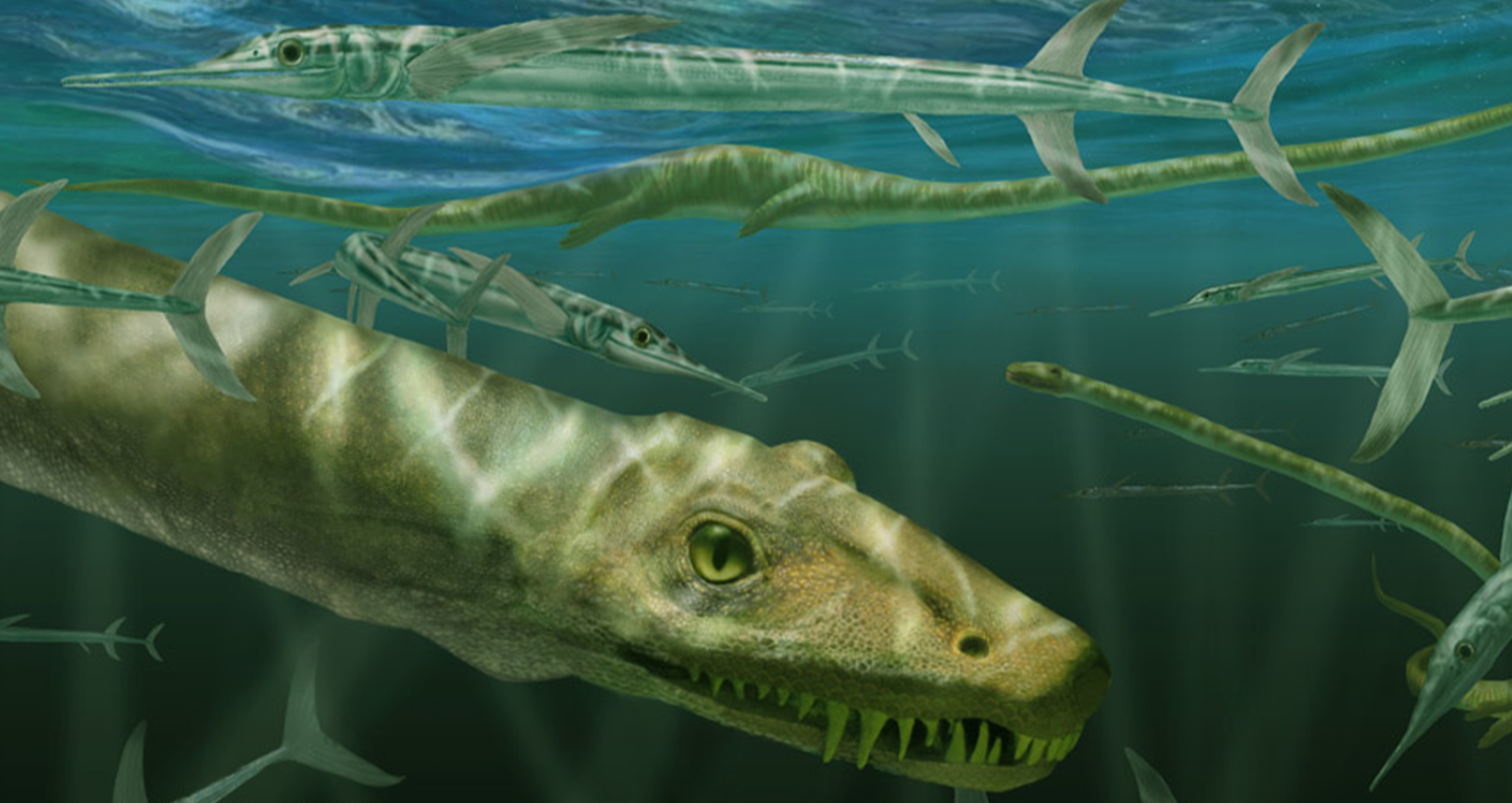One researcher remarked, ‘Of all the remarkable discoveries we’ve encountered in the Triassic of Guizhou Province, Dinocephalosaurus undoubtedly emerges as the most extraordinary.’
Researchers from the National Museums Scotland have unearthed a 240 million-year-old fossil, initially dubbed ‘Chinese dragon’ but formally identified as Dinocephalosaurus orientalis.
Discovered in Guizhou Province, Southern China, according to an NHS press release, this aquatic reptile measures five meters in length. Although initially identified in 2003, recent findings have led to the unearthing of additional, more complete specimens, including one that is fully articulated. This breakthrough has enabled researchers to comprehend the fossil in its entirety for the first time.

The team of researchers involved in this breakthrough hailed from various parts of the globe, including Scotland, Germany, the United States, and China. Over the course of more than a decade, they meticulously studied the findings at the Chinese Academy of Sciences’ Institute of Vertebrate Palaeontology and Palaeoanthropology in Beijing.
Belonging to the Triassic period, approximately 240 million years ago, this species boasted “32 separate neck vertebrae” and displayed flippered limbs, indicative of its well-adapted oceanic lifestyle. Notably, the discovered fossil contained exquisitely preserved fishes in its stomach region.
In a statement released by the NMS scientists, they noted that the reptile possessed an exceptionally long neck, reminiscent of Tanystropheus hydroides, another peculiar marine reptile found in the Middle Triassic of Europe and China.
“Both reptiles shared similarities in size and several features of the skull, including a fish-trap type of dentition,” the statement continued. “However, Dinocephalosaurus stands out for its significantly greater number of vertebrae in both the neck and torso, giving it a more serpentine appearance.”

“Despite apparent resemblances, Dinocephalosaurus was not closely related to the renowned long-necked plesiosaurs, which emerged approximately 40 million years later and served as inspiration for the myth of the Loch Ness Monster.”
Dr. Nick Fraser FRSE, Keeper of Natural Sciences at NMS, remarked, “It serves as yet another testament to the enigmatic and fascinating nature of the Triassic era that continues to puzzle paleontologists. We’re confident that its remarkable appearance, resembling that of the long, serpent-like mythical Chinese Dragon, will captivate imaginations worldwide.”
Professor Li Chun from the Institute of Vertebrate Palaeontology and Palaeoanthropology emphasized, “Collaborating with colleagues from the United States of America, the United Kingdom, and Europe, we utilized newly discovered specimens housed at the Chinese Academy of Sciences to advance our understanding of this creature. The Dinocephalosaurus stands out as truly remarkable.”
